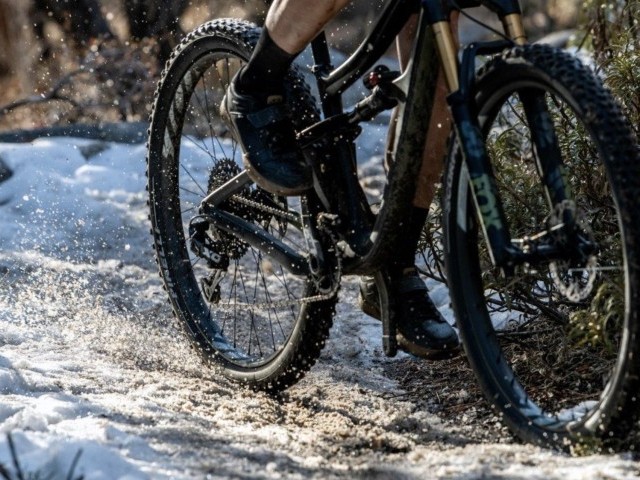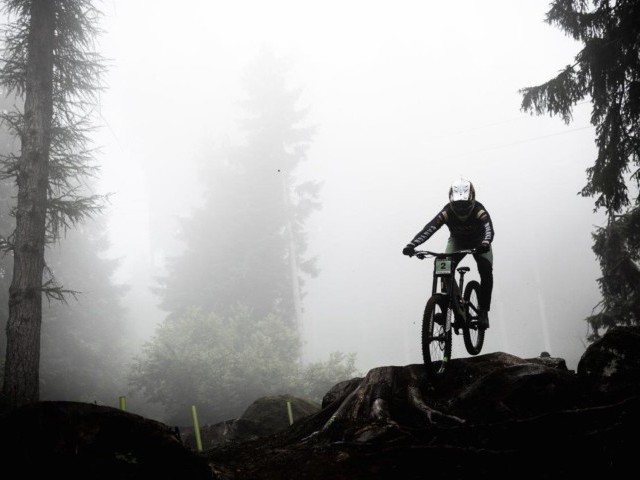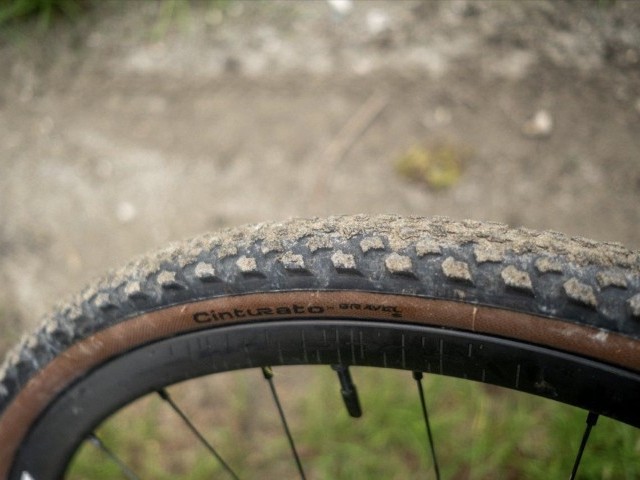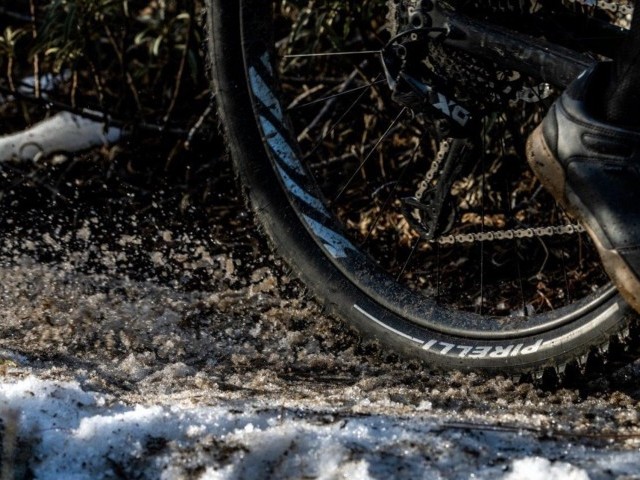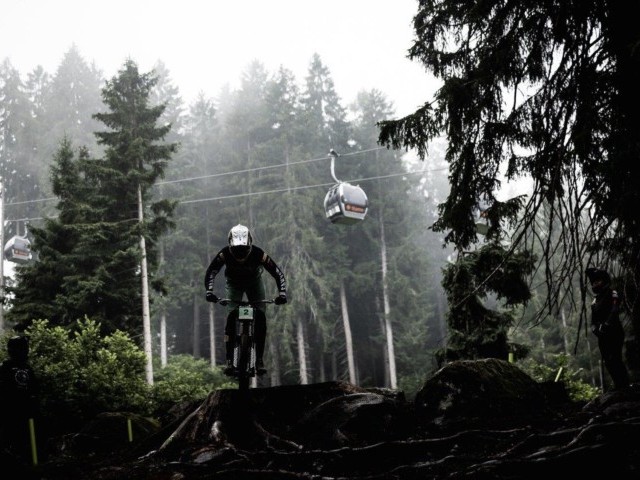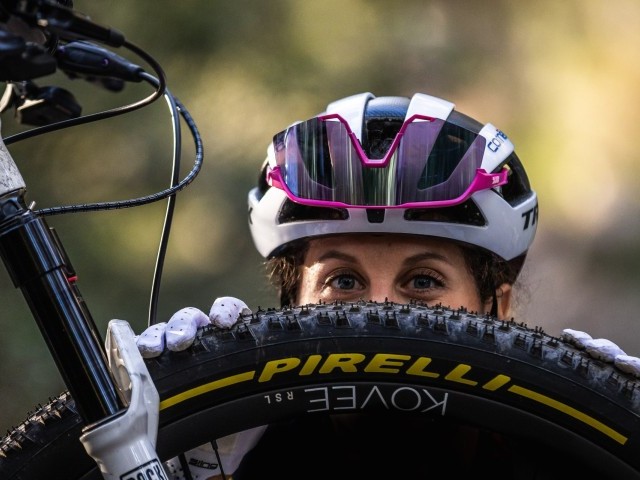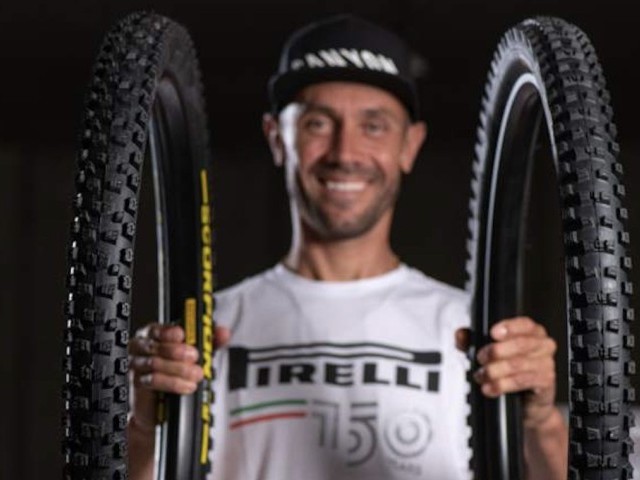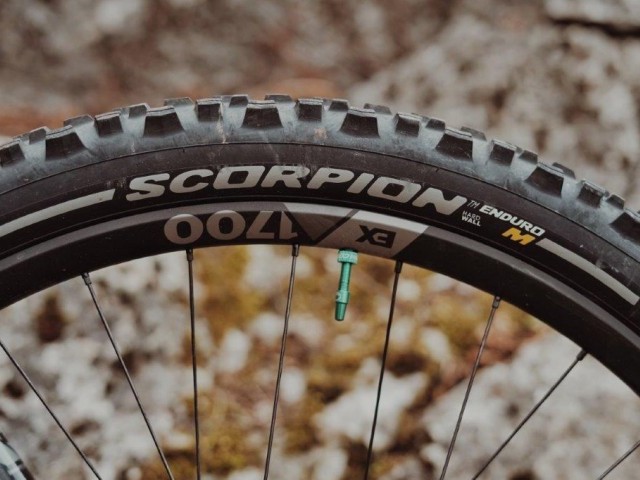Bike Tyres: What Can You Do When Winter Comes?
In winter bike tyres are truly put to the test. A set of factors contribute to getting roads dirty and slippery and greatly increasing the risk of punctures: choosing a suitable product to the season and to how one plans to use it, as well as some measures before, during and after the cycling activity, can help preserve the optimal condition of the only contact point between the bike and the road surface.
WHAT TYRE IS MOST SUITABLE?
Choosing a tyre for the winter season often means prioritising protection rather than factors such as lightness and smoothness. The first aspect to consider is in fact the tyre tread, which must have more grooves or a more aggressive design, with a greater grip and road holding on wet surfaces, or in any case on more slippery terrains owing to debris, leaves and/or dirt. Width is also a key factor when it comes to road holding: the wider the surface touching the ground, the greater the stability.
For those who go off the road on a gravel bike or a mountain bike, a more aggressive and therefore knobbier tyre is necessary for greater traction on the sections with uneven terrain.
Last but not least is the choice of a tyre with greater and thicker puncture protection. Salt, rocks, small broken glass, metal debris and thorns can cause punctures to a tyre that is not adequately reinforced. Water too, in the form of heavy rain or humidity and winter dew, can act as a lubricant and help cause punctures due to cuts and the penetration of any sharp debris into the tyre tread: the Pirelli catalogue offers, depending on the type of model and discipline, high-performance protections that greatly reduce the chances of incurring this type of inconveniences.
BIKE TYRE MAINTENANCE DURING THE WINTER MONTHS
The other aspect that must be taken into account is maintenance. Whether it is a road bike, a gravel bike or a mountain bike, winter will require cyclists to take greater care of their tyres, before, during and after each bike ride.
Owing to lower temperatures, pressure diminishes faster compared to summer, so it must be monitored constantly. Of course, before inflating the tyres, it is important to check the tables with the inflating pressure levels recommended by Pirelli, as well as to consider the body weight of the cyclist and the general load of the bike, should there be loaded bike packs. One must also consider that when it is very cold the air pressure in the atmosphere diminishes too, so it is even more important to check the internal pressure of the tyre to counterbalance it. Of course, if the goal is to achieve greater grip, apart from choosing the best suited tyre tread, a light reduction of the tyre pressure (0.3 bar) – while always respecting the minimum pressure values indicated for each tyre – will result in greater adherence also thanks to a wider footprint on the terrain. Lower pressure also helps reduce the risk of punctures due to cuts and penetrations, as it enables the tyre to adapt more to the external body, before giving in and being punctured. This must however be done without reducing the tyre pressure too much and without going over the minimum pressure value required for each tyre, otherwise the other type of puncture, due to pinch flats, may become the new problem.
SOME ADVICE: SUCH AS HOW TO DEFLATE THE TYRE AND STORE IT
Once the bike ride is over, quickly checking the state of the tyre, with specific attention to cuts, small cracks or external objects that have remained stuck in the tyre tread, is absolutely necessary.
Removing dirt and salt from the tyre’s surface helps the tyre last longer also from a chemical point
of view.
In the winter period, bad weather may force cyclists to store their bikes for a long time, therefore, to best preserve their tyres here are some suggestions: depressurise the tyres by half the normal pressure; keep the bicycle in a cool, dry place and, of course, protected from the bad weather; avoid exposure to direct sunlight, as UV rays too can weaken the tyre; keep the tyres off the floor and, especially if tubeless-ready so with sealant inside, spin them occasionally; also, prevent chemicals or solvents from coming into contact with the tyre, and in the case of replacement tyres, take care of them carefully, preferably unfolded and not in the original packaging, and always away from damp surfaces (such as basement walls).
PIRELLI’S TYRES FOR THE WINTER SEASON
The wide range of Pirelli tyres offers various solutions for those wanting to take on the winter season safely without giving up high-performance rides.
When it comes to road bikes, the high-performing tyre for all seasons is the P ZERO Race 4S, available both as clincher tyre and TLR. Thanks to the SmartEVO Compound made by combining the experience of the top Motorsport competitions and the partnership with Pirelli’s World Tour cycling teams, it allows for a balance between two opposite features: grip and smoothness. The CINTURATO Velo is an all-season product for road and light gravel cycling, an ideal tyre for challenging terrains that, thanks to the SmartNET Silica compound and the Armour Tech structure, can provide protection, safety and rideability in many different road and weather conditions.
CINTURATO Gravel S is an eclectic tyre, designed by Pirelli to ride a gravel bike on soft and muddy terrains. Designed by prioritising grip and protection, rather than pure smoothness, this gravel tyre optimises the riding experience both in unfavourable weather conditions and on technical paths bordering mountain biking. Mud and cold are also the main obstacles for those who practice mountain biking in the winter season. Pirelli’s SCORPION tyre range, separate from the family (XC, Trail, Enduro, Race Enduro or DH, E-MTB), includes the S tyre tread. The name of this tyre tread design is tied to the type of terrain: the S (Soft Terrain), which is also the result of Pirelli’s experience in the Motocross world, is the most sculpted and suited solution when riding on mud, wet grass or uneven terrains. Finally, for those who cycle in the city on an e-bike or a city bike, the most suitable choice is the Angel DT Urban, inspired by the Angel Scooter: its highly sculpted tread and casing with HyperBelt protection up to 5mm offer grip, safety and excellent road holding on a wide range of urban road surfaces.

